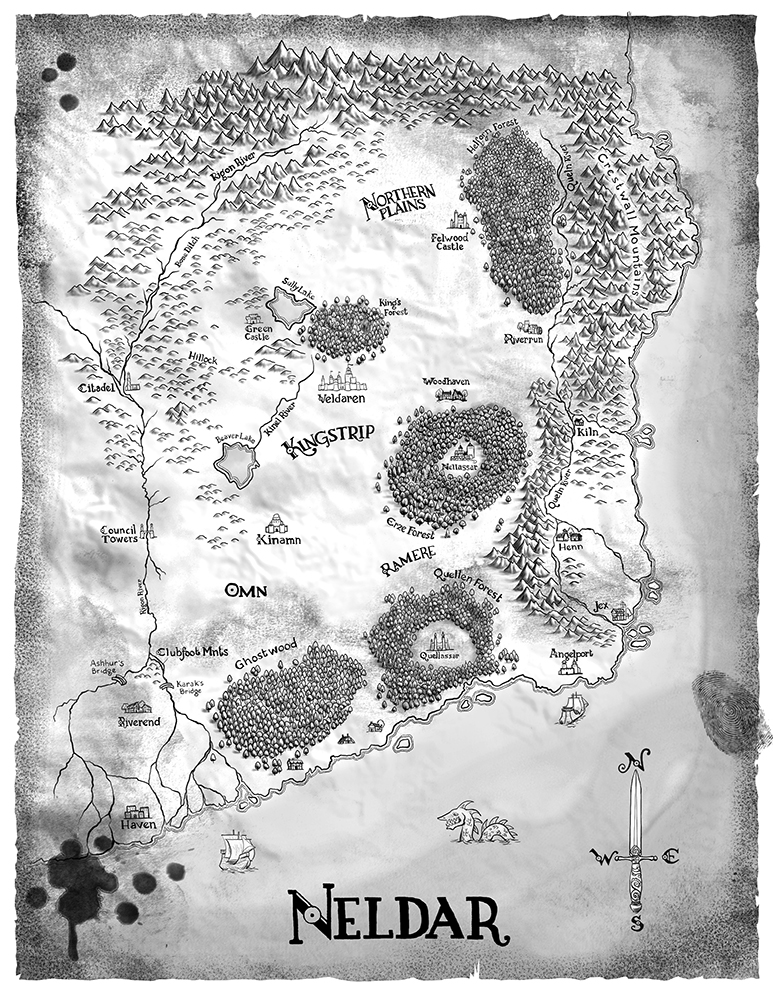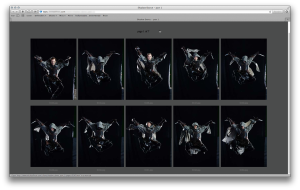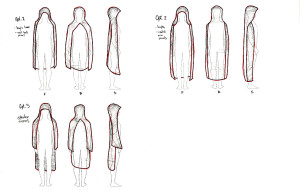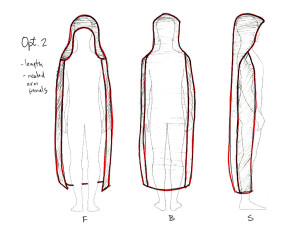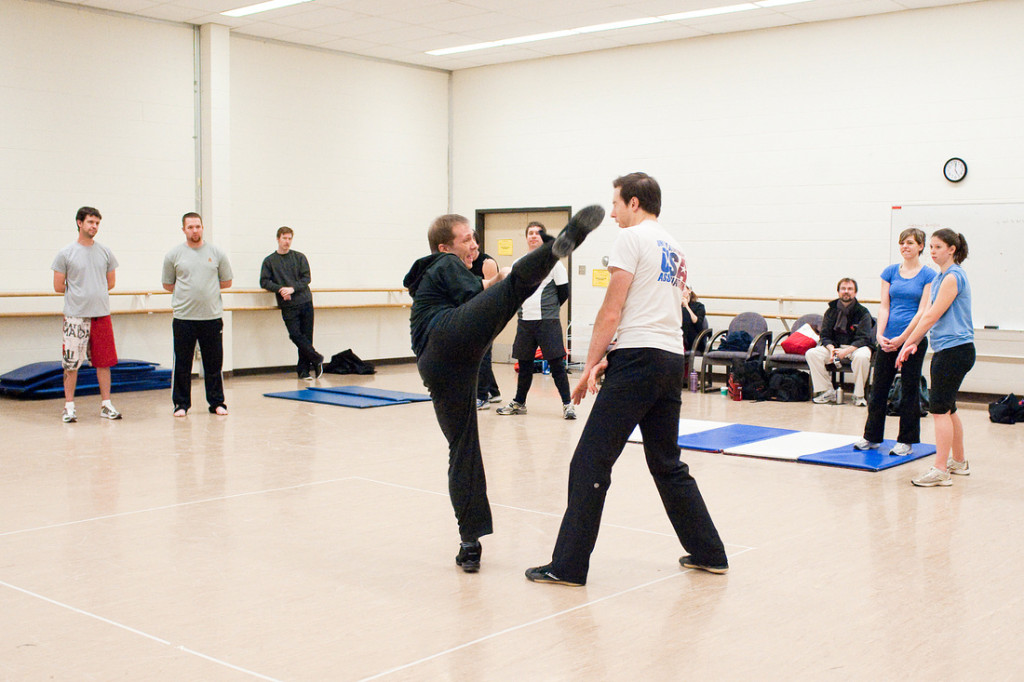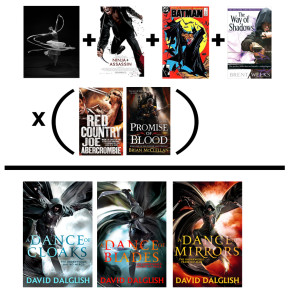A Dance Of Cloaks by David Dalglish, a dark, exciting story featuring fascinating characters & a gritty story http://t.co/F3Gs9SttzP
— Fantasy Book Critic (@FantasyBookCrit) October 4, 2013
The Making of a Cover: Interior Maps (Bonus)
Welcome to the most in-depth, behind-the-scenes, play-by-play account of how a cover is born, from the point of view of the Art Department. We’re charting the conception and birth of the Shadowdance series by David Dalglish.
So far we have talked about the first real step of a book, Acquisition, and then what goes into Cover Briefing. Then we let our minds wander and collect inspiration and form Directions for the cover. Then we agreed on a Photographer and Illustrator. We’ve even found our hero, the Cover Model. And we found a Trampoline for him to do stunt work on safely. We decked him out in book-specific Costume & Props. We spent all day at our Photo Shoot. After receiving the Rough Cuts and narrowing down the images, it was time for the illustrator to get to work, and while he did, Kirk was already working on the Design Roughs. Meanwhile, during this whole process for the cover, I was also working on developing Maps and Chapter Icons for the interior of the book.
Maps are an important part of world-building in SFF, especially in epic fantasy, and often authors will have pretty in-depth maps sketched out for themselves while writing the books. It’s also really interesting for readers to be able to see and navigate the maps along with the story, so at Orbit we try to include maps as often as they are available, and useful to the story. Of course, we need an artist to take the author’s sketches and notes and scribbles and turn them into a coherent map. It’s not just a art job, it’s also a seriously geek job. You need an artist that is really into figuring out the details and making everything work. It’s not uncommon for one of my map artists to discover that the geography needs extra definition (and in some cases, outright redesign) to get the pieces to work. In the case of David Dalglish’s Shadowdance series, the maps were already pretty detailed and included in David’s self-published versions. However, we really wanted to push them the extra mile, so I brought in illustrator and mapmaker Tim Paul.
I’ve known Tim Paul’s work as an illustrator for a while now, and actually had no idea he illustrated maps too. And then one geeky night at the Society of Illustrators (yes, such a place exists, and if you are a fan of illustration, SFF or otherwise, you should check it out if you’re in NYC. They also house the Museum of Comic and Cartoon Art) and we were having a super-geek conversation about D&D and how into being a Dungeon Master Tim was, how he made intricate maps and props for his campaigns. He had also started doing some map commissions for smaller publishers, and really enjoyed it. I literally hired him on the spot.
Here’s a bit of process from him: (more…)

